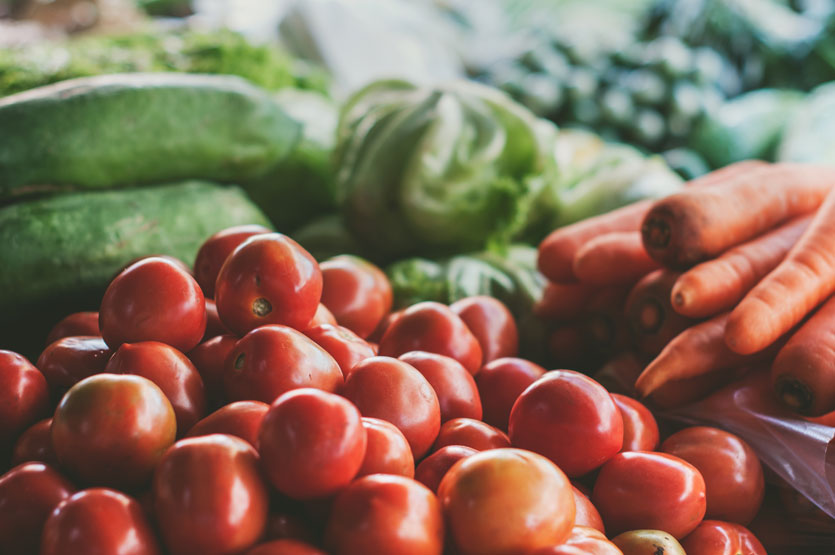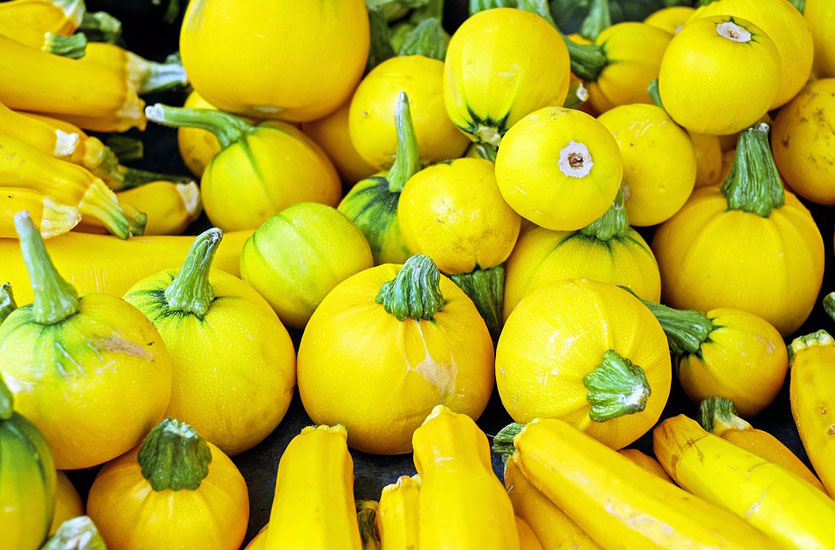Jan 25 2017.
views 441
Welcome to the first week of a brand new column, where I’ll be bringing you info on ethical eating and living life in a more compassionate way. You can expect feature stories, restaurant reviews, recipes or interviews all connected to vegetarianism. This week I’m introducing you to the different types of vegetarianism, as there’s many different ways of eating that people choose whether it be for religious, animal ethics concerns, health or environmental.

Lacto Vegetarian (or Pure Vegetarian) – The most common type of vegetarianism among the Indian community, lacto vegetarians don’t eat any animal flesh (red/white meat and fish/shellfish), eggs or animal derivatives such as gelatin but do consume other dairy products though (cows/goat/sheep milk, cheese, ghee, yoghurt, curd) and honey.
Ovo Vegetarian – The same as above except they eat eggs instead of dairy products.

Lacto-Ovo Vegetarian – The most common type of vegetarian in the Western world. While they don’t eat animal flesh, seafood or animal derivatives such as gelatin and carmine (a red food colouring made from crushed beetles) they eat eggs, dairy and honey. When eating cheese they usually choose one made with vegetarian rennet as the standard rennet in cheese is made from a calf’s stomach (you have to check the packaging.)
Pescatarian – While stricty not in the vegetarian family you will hear some people say “I’m vegetarian but I eat fish.” The correct term for someone that is a lacto ovo vegetarian but includes fish in their diet is is pescatarian - pesce means fish in Italian!

Vegan – Me! Us vegans do not consume or wear any animal product or product that was tested on animals. This means no meat, fish, dairy, eggs, honey, fur, silk, leather. We also don’t ride animals, use comestics or cleaning products that include animal ingredients or participate in any activity that exploits animals such as circuses or rodeos. While it sounds restrictive it’s actually really easy. We eat fruits, vegetables, lentils, beans, sea vegetables, soy products, nuts and seeds.
Raw Vegan (or Raw Foodist) – A subsection of veganism in which people don’t eat anything cooked over 48°C as they believe this kills the nutritional content of the food. A raw vegan diet includes raw vegetables and fruits, nuts and nut pastes, grain and legume sprouts, seeds, plant oils, sea vegetables, herbs, mushrooms, and fresh juices.

Jainism – An extremely strict religious sector that is based on the principle of ahimsa or non-violence. They believe accidental violence and intended violence towards animals and plants as one and the same. Similar to vegans, that they don’t eat any animal products but they also don’t include onions, potatoes, eggplants, garlic and or any root vegetables as they believe these vegetables also to be living and the harvesting process can harm small insects. They also don’t eat mushrooms or yeast as they believe to these to be unhygienic and to also harbour microorganisms that can be killed.
Flexitarians – The future vegetarians! A flexitarian is someone that mostly eats plant-based food but will sometimes eat meat. Sometimes called a meat reducer, these are people that are concerned about animals, health or the environment but are just testing the waters with animal-free foods. Popular concepts such as the “Meat Free Monday” Campaign are popular with flexitarians.
So there you have it, the main types of vegetarianism you are likely to find and what they do and don’t eat, hope you are feeling inspired - Why don’t you try a veggie meal today?
0 Comments